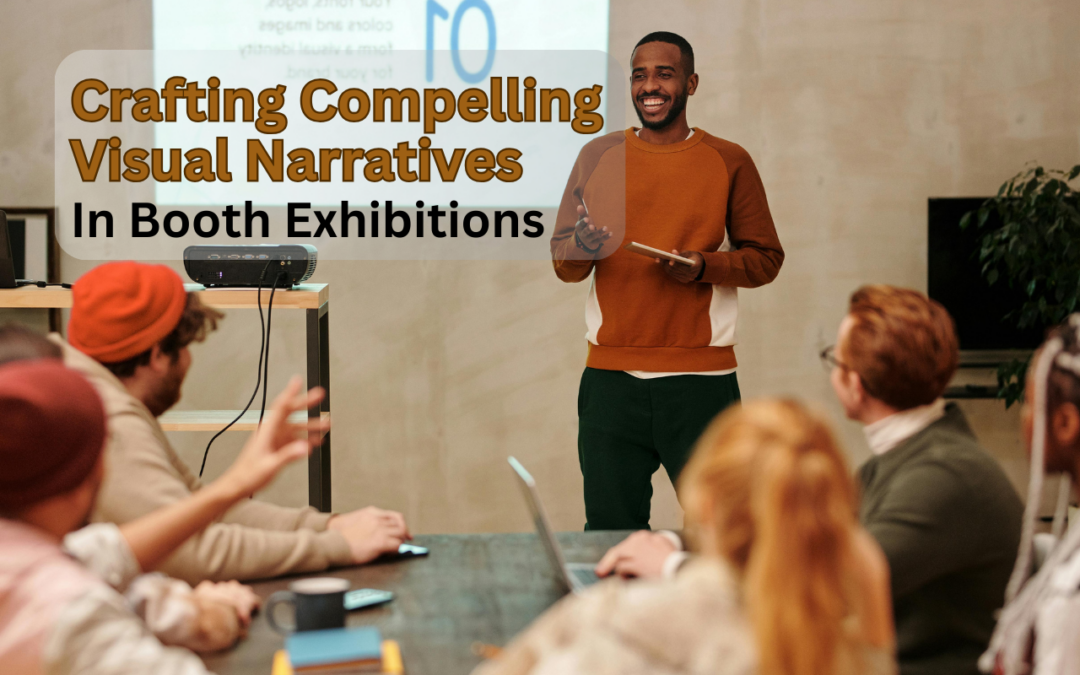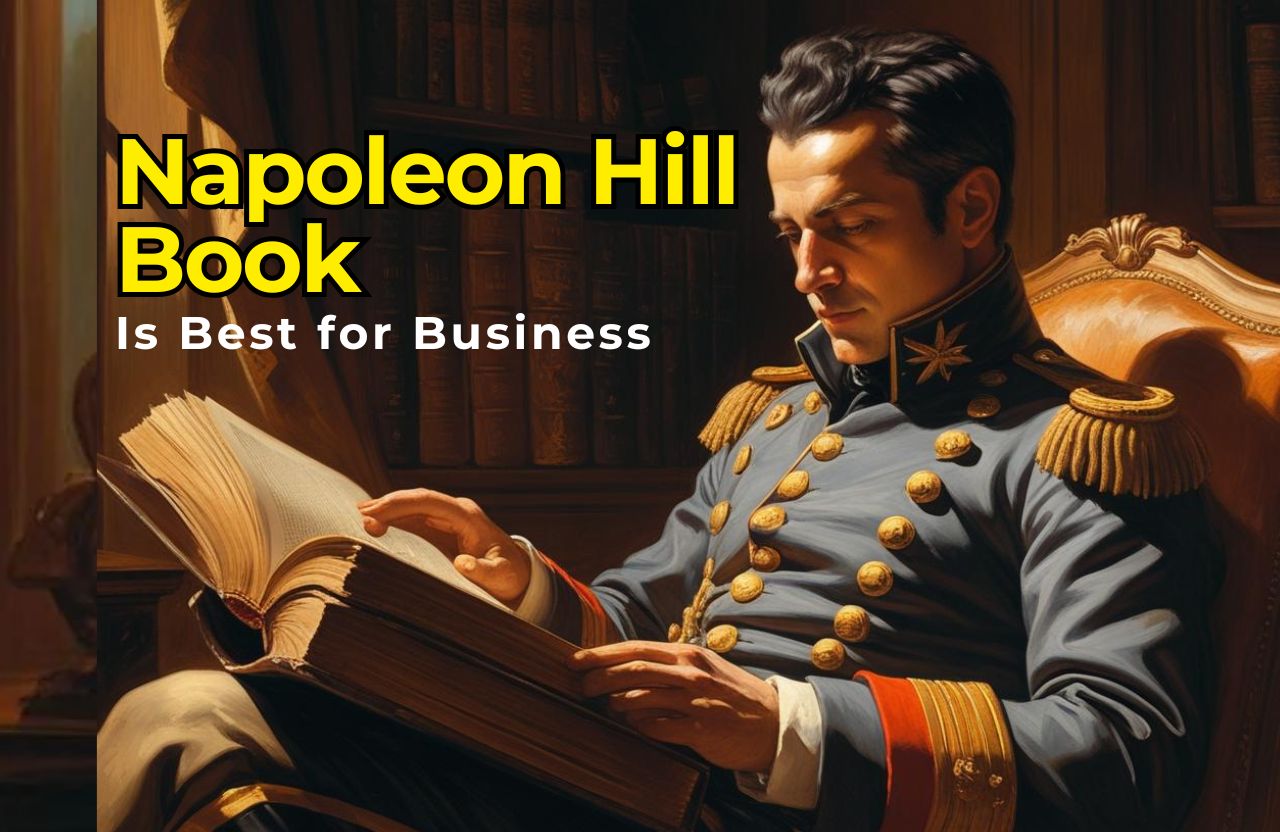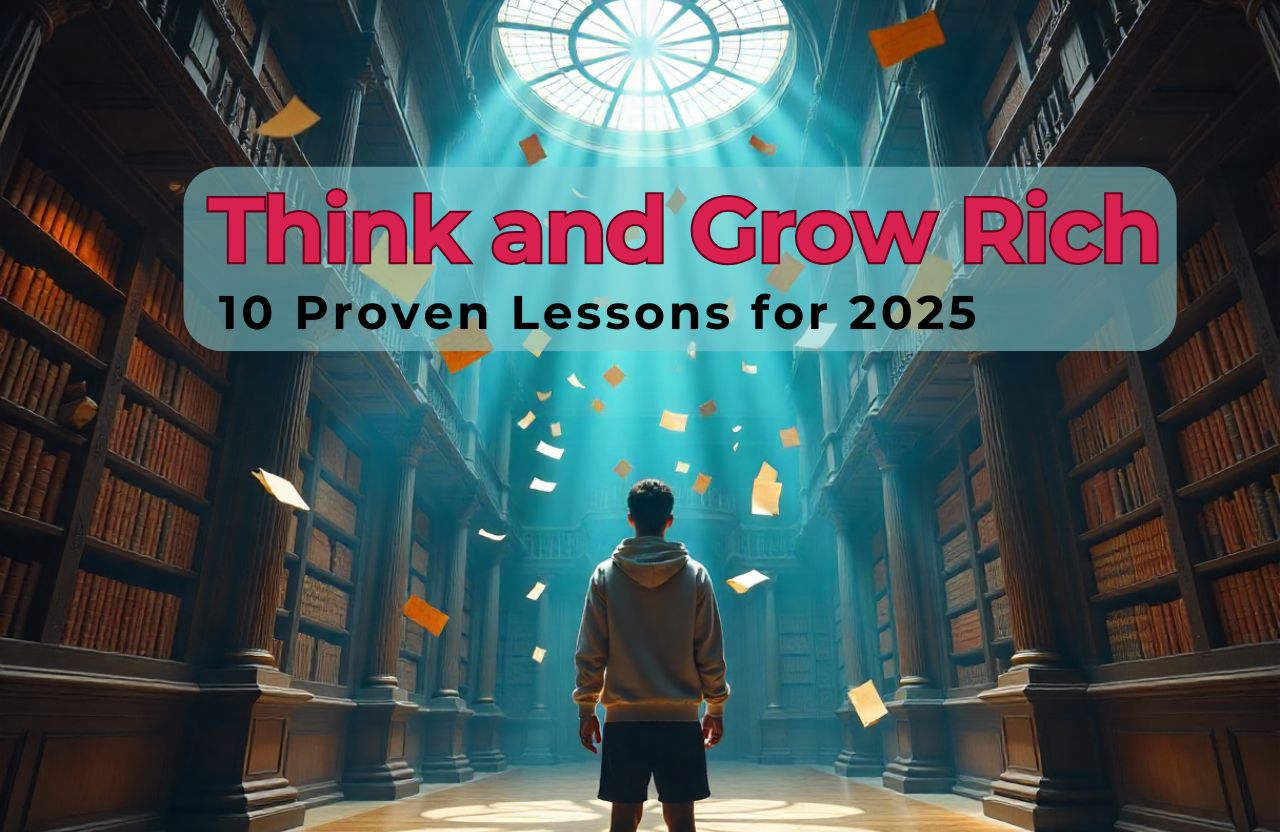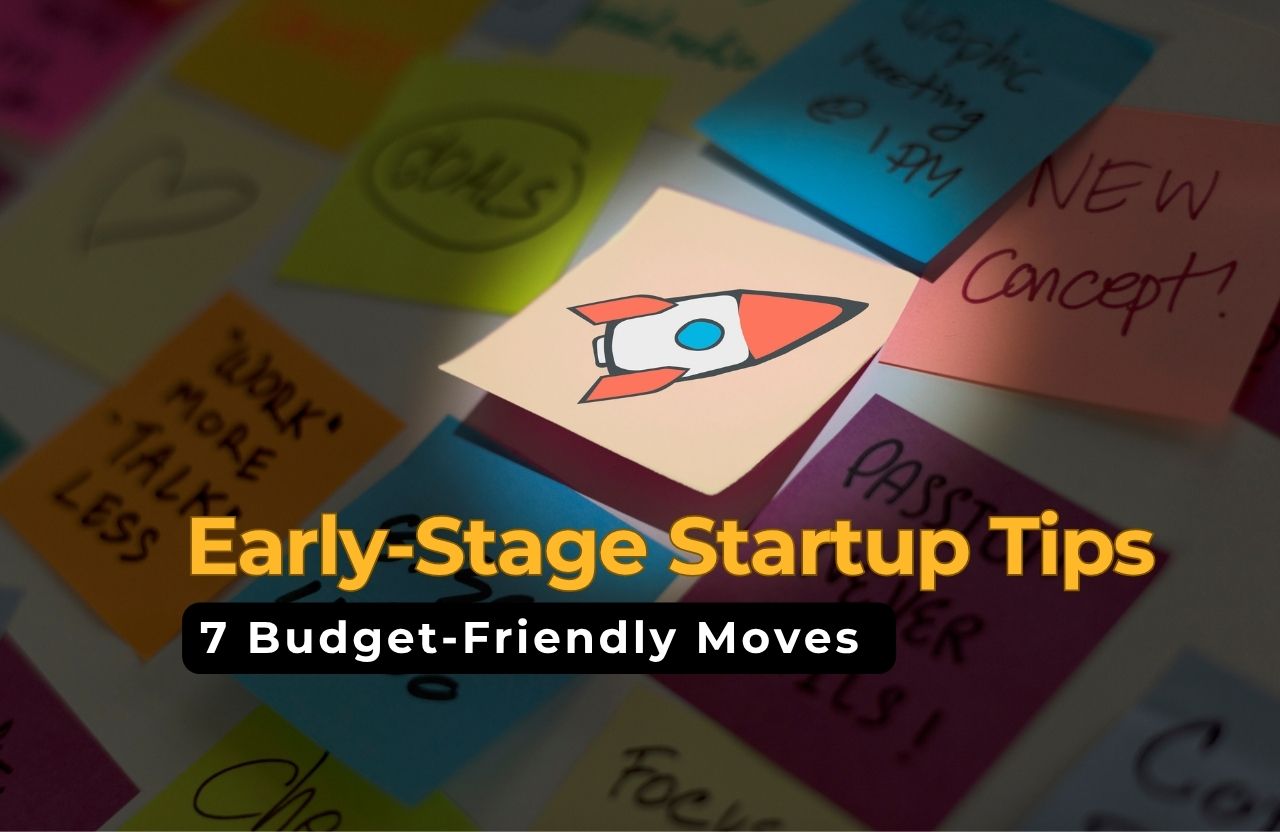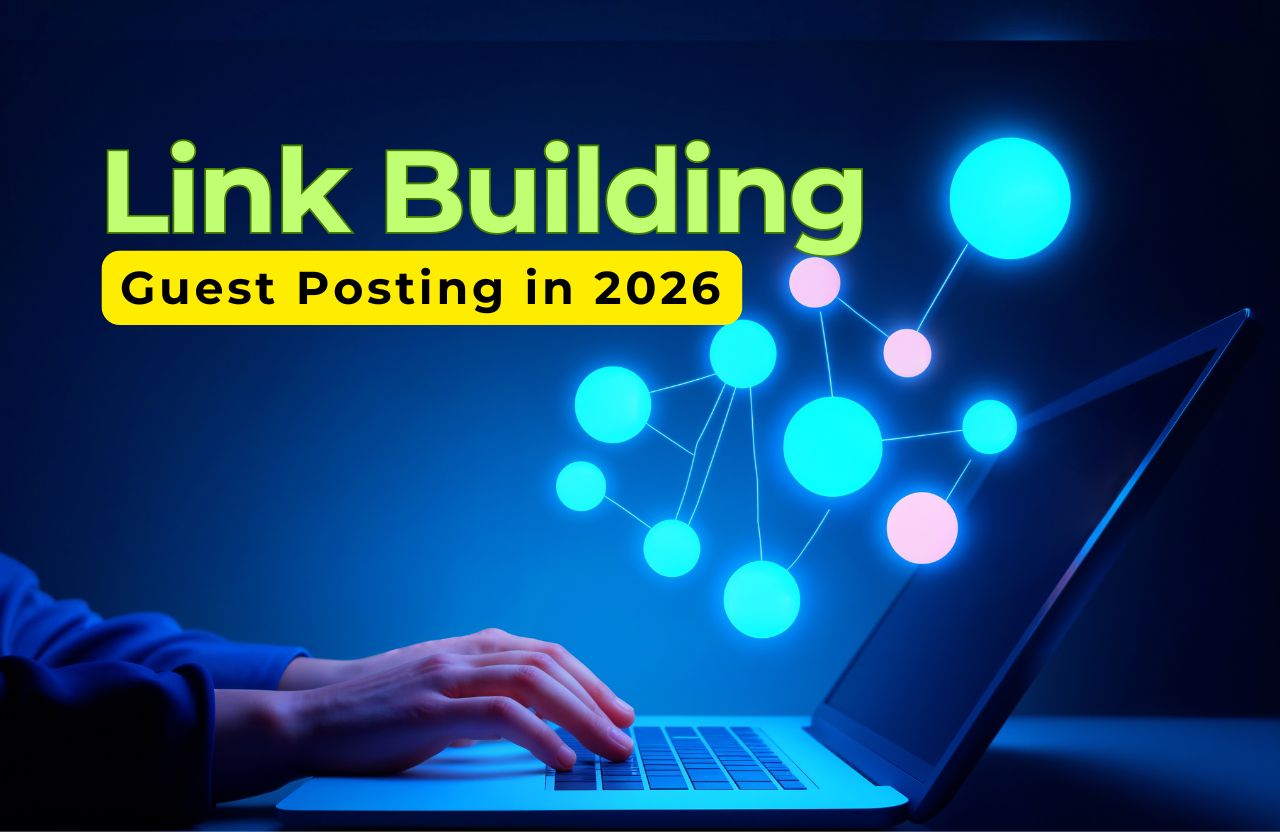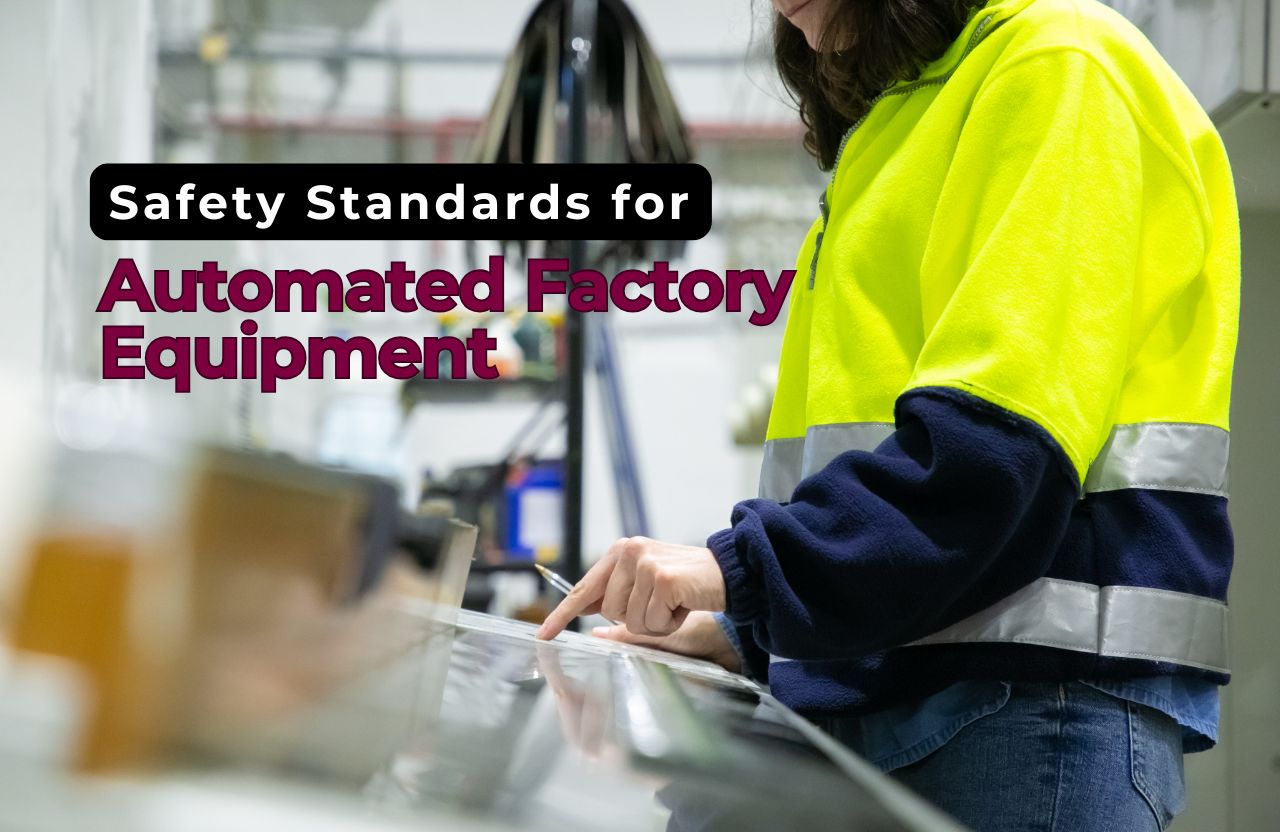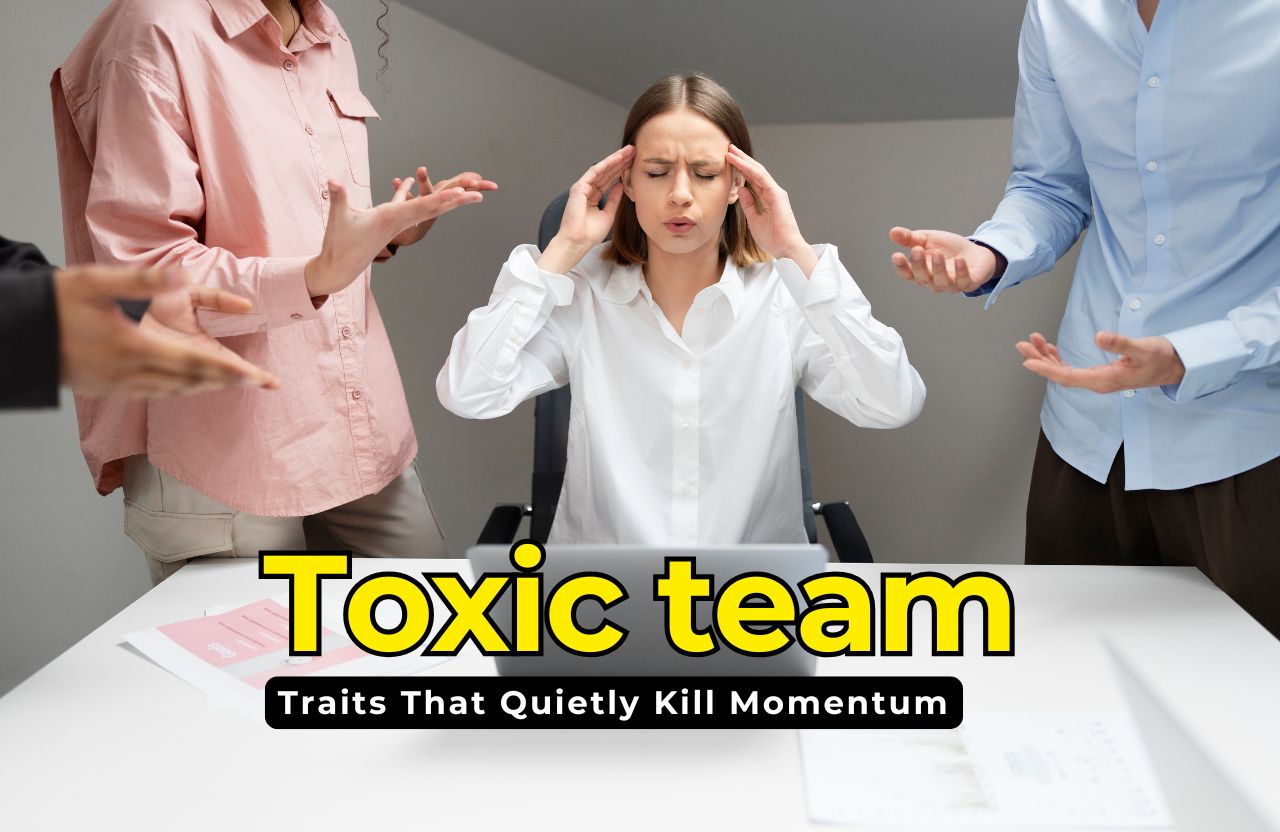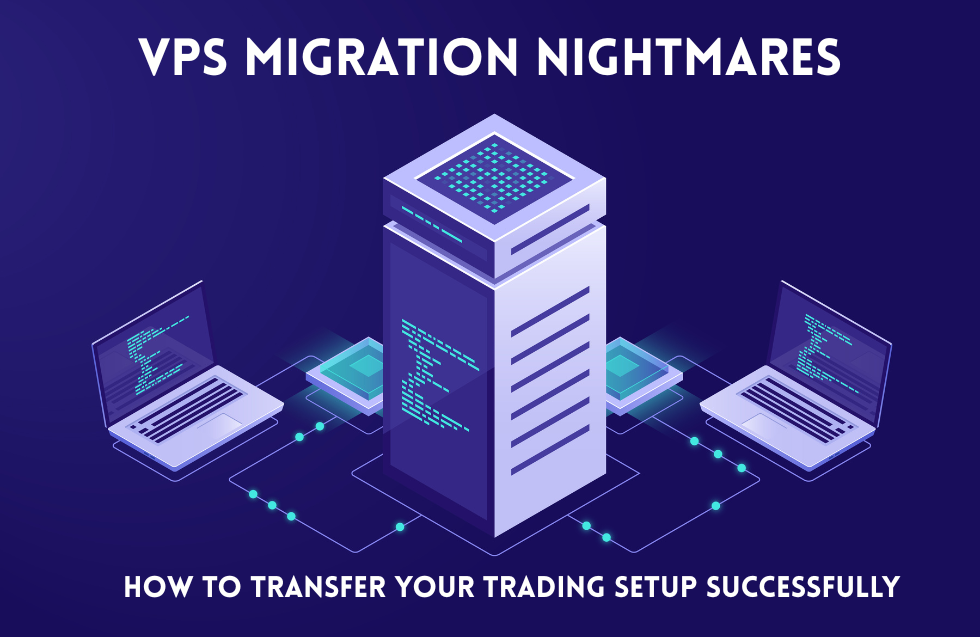Are you looking to design an exhibition booth that captures immediate attention from visitors?
The U.S. B2B trade show market will grow to $15.78 billion by 2024 which has intensified the battle to capture audience attention to unprecedented levels. But here’s the thing…
Most exhibitors are doing it wrong. Many exhibitors rely on eye-catching gimmicks rather than developing engaging visual stories that lead to conversions.
I will demonstrate how to build an exhibition booth that shares your narrative while achieving your desired outcomes.
Inside This Guide:
- Understanding Exhibition Market Trends
- Core Visual Storytelling Elements
- Design Principles That Drive Success
- Smart Investment Strategies
- Common Pitfalls to Avoid
Current State of Exhibition Marketing
Industry forecasts predict that exhibition sector revenue will hit $50 billion by 2025 as it continues to experience rapid growth. The exponential expansion of trade shows becomes clear when you examine their powerful attributes.
The 2024 trade show report reveals that new products attract 92% of trade show visitors. Your audience consists of engaged visitors who are actively searching to learn about your offerings.
Working with professional booth exhibits expo stand builders will transform your exhibition space into an immersive brand experience that captures and holds your audience’s attention. The correct booth design goes beyond product display to establish an emotional bond with your audience.
And here’s what makes this really exciting:
Three-quarters of US marketers and exhibitors believe their current trade shows will exceed past performance results. The increased confidence stems from knowledge that physical events establish stronger connections compared to virtual options.
Core Visual Storytelling Elements
A compelling booth narrative requires strategic planning rather than simply combining sophisticated graphics in the hope they will work. A systematic approach is essential to lead visitors through your brand narrative.
The foundation of effective booth storytelling includes:
- Establish a clear visual hierarchy by directing viewers through your narrative by varying size, contrast, and placement.
- Ensure all brand elements display visual consistency throughout every point of contact
- The creation of interactive touchpoints should result in memorable experiences that stimulate more than one sensory input.
- Strategic Space Planning requires designing visitor traffic patterns that advance your narrative.
Here’s something most exhibitors don’t realize…
Powerful visual storytelling requires a deep understanding of your audience’s journey. Data collected recently indicates that 58% of exhibitors who attend these events regularly confirm their teams acquired additional product knowledge. Your booth design should enable visitors to learn while they interact with your brand.
Consider how your visual elements:
- Support your core message at every touchpoint
- Create natural conversation starters
- Guide visitors through your product story
- Accommodate different learning styles
Top exhibitors recognize that successful booth design requires more than just visual appeal because it must build an environment which promotes meaningful interactions. The preference of 95% of regular exhibitors for in-person events over virtual formats makes this aspect even more important.
Design Principles That Drive Success
Here’s something that might surprise you…
Exhibit cost reduction pressure affects 75% of exhibitors while 31% experience significant pressure from their senior leadership. Design shortcuts lead to missed opportunities which result in greater financial loss.
Effective design choices represent the key to achieving high exhibition impact without overspending. In order to understand what makes visitors engage with your exhibit we must examine the principal concepts that generate engagement.
Strategic Layout Planning
Design your booth layout to establish an effortless visitor path that leads them through your brand narrative. Think about:
- Entry points that draw people in
- Clear pathways that prevent bottlenecks
- Dedicated spaces for different types of interactions
- Strategic product placement that supports your narrative
Top-performing booth designs produce special areas known as “conversation zones” which enable staff to interact with visitors while maintaining smooth traffic movement.
Visual Hierarchy Mastery
Because 33.8% of events now exceed their pre-pandemic performance metrics standing out has become increasingly essential. Your visual hierarchy should:
- Direct attention to key messages and products
- Develop distinct visual targets to control the observer’s gaze
- Utilize contrast and scale to highlight important elements.
- Maintain balance while highlighting priorities
Your booth’s visual hierarchy functions as a roadmap which directs visitors to the locations you want them to explore.
Lighting and Color Psychology
Here’s a secret that top exhibitors know:
Lighting and color choices have the power to either enhance or diminish your booth’s performance. As 68% of exhibitors face internal budget constraints smart investments into lighting and color applications show maximum return.
- Use lighting to create depth and dimension
- Implement color psychology to evoke specific emotions
- Design contrast elements to highlight essential areas of the space.
- Design lighting that enhances product presentation
The process extends beyond simply choosing attractive colors. The combination of lighting and color choices needs to highlight your brand narrative and establish a welcoming space that stimulates visitor curiosity.
Making Your Investment Count
The main error exhibitors commit is prioritizing initial expenses rather than considering future value.
Instead of evaluating long-term benefits they prioritize initial expenses. The majority of exhibitors face high costs which represent major external difficulties yet smart exhibitors respond to this challenge through strategic investment thinking.
Measuring ROI Effectively
Here’s what successful exhibitors track:
- Observe visitor dwell time along with their interaction rates and evaluate the quality of conversations to analyze engagement metrics
- Beyond sheer numbers, successful exhibitors evaluate the caliber of leads they produce.
- Assess brand impact through social mentions analysis and tracking press coverage together with brand awareness lift measurement
- Monitoring leads as they move through your sales funnel enables you to accurately determine true ROI.
But here’s what most people miss…
Relationships formed during these events represent the actual value. The majority of exhibitors experience cost reduction pressure but the most effective ones prioritize engagement maximization over expense minimization.
Staff Training Integration
The most attractive booth will fail to execute its potential if your team is not equipped with the necessary training to make use of its features. Your team should understand:
- Staff members must learn how to optimize the booth layout for better performance.
- When and where to engage with visitors
- How to incorporate interactive elements naturally
- Teams should learn to modify their tactics according to the behavior they observe in visitors.
Remember this critical point: The individuals working at your booth play a crucial role in telling your visual story. Your booth staff must represent your brand story to the same extent as your physical display does.
Common Pitfalls to Avoid
Successful exhibitors distinguish themselves from others by understanding exactly which mistakes to avoid.
They know exactly what mistakes to avoid. As you develop your exhibition strategy you must identify these widespread pitfalls to avoid.
Overcrowding Your Space
Exhibitors frequently commit major errors by stuffing their booth space with excessive content. Remember:
- White space is your friend
- Less is often more impactful
- Cluttered spaces overwhelm visitors
- Clear pathways encourage exploration
Your booth should feel inviting, not overwhelming. Give your narrative room to breathe.
Neglecting Multi-Sensory Engagement
The best booths create memorable experiences by stimulating multiple senses together with visual elements. Think about:
- Ambient sound design
- Textural elements
- Interactive experiences
- Aromatic branding (when appropriate)
Booths become more memorable when you activate multiple senses.
Ready to Transform Your Exhibition Impact?
Your booth exhibition’s visual narrative must deliver beyond aesthetics by generating actual business successes. Let’s recap what makes this possible:
- Your strategic design should lead visitors step by step through your narrative.
- Interactive elements that create memorable experiences
- Smart investments in lighting and layout
- Skilled personnel who animate your narrative through their engagement
- Measurement systems that prove ROI
The exhibition industry continues to evolve quickly since 33.8% of events have exceeded their pre-pandemic performance levels. Business success is achieved by those who recognize visual storytelling serves both artistic and strategic business purposes.
Remember: Your exhibition booth provides more capabilities than simply occupying a location on the event floor. This platform enables businesses to build connections with their audience while generating valuable leads which lead to business growth. Effective strategy implementation will help you build exhibition visibility that engages visitors and transforms their interest into enduring business connections.
Start by:
- Evaluate your present booth layout to ensure it complies with established principles.
- Identifying gaps in your visual narrative
- Creating a plan for strategic improvements
- Training your team to leverage these enhancements
Exhibition marketing’s evolution arrived and it favors individuals who master the art of creating visual stories that turn visitors into clients.
